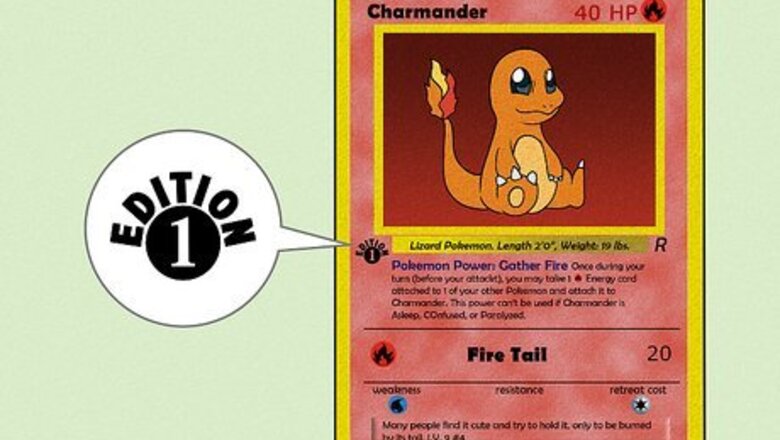
views
- Look for a first edition stamp on the left side of a Pokémon card. Find the stamp on the top right corner of Energy cards and the bottom left of Trainer cards.
- Check that the art doesn’t have a drop shadow on the right side of the card.
- Look for “1995, 96, 98, 99 Nintendo, Creatures, GAMEFREAK” on the bottom of the card.
Identifying First Edition Pokémon Cards
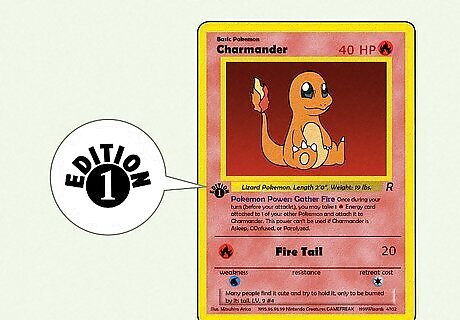
First edition stamp printed on card If you’re looking at a standard Pokémon card, check the left side about halfway down the card for a “1” printed in a black circle and the word “EDITION” directly above it. On a Trainer card, check the bottom left corner for the same symbol. If you have an Energy card, look for the symbol in the top right corner next to the word “ENERGY.” Every first-edition Pokémon card has a stamp, so if your card doesn’t have one, it may be from a different base set.
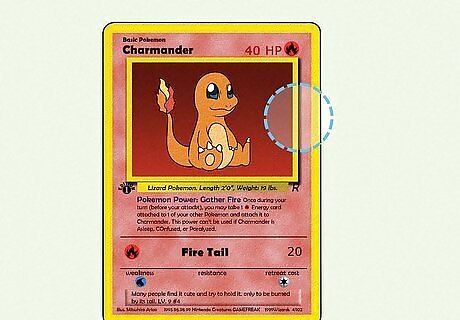
No drop shadow on artwork Inspect the right side of the artwork’s box for a darker drop shadow along the edge. If the side of the box has one uniform color along the edge and has the stamp on the left side, you’ve got a first-edition card in your hands.
“99” in the copyright date Look at the very bottom of your Pokémon card next to the copyright symbol (©). If your card reads “1995, 96, 98, 99 Nintendo, Creatures, GAMEFREAK,” then you have a legitimate first-edition Pokémon card.
Recognizing Shadowless and Unlimited Base Sets
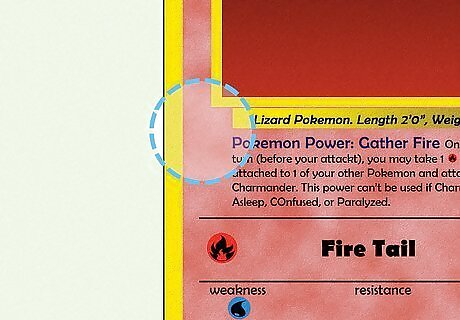
Shadowless cards don’t have a drop shadow or first edition stamp. The second print of the base Pokémon card set looks almost exactly the same as the first edition–they even have the same copyright dates printed on the bottom. However, you won’t find the first edition stamp printed anywhere on the card. Shadowless cards are still considered valuable since they were part of a smaller print run.
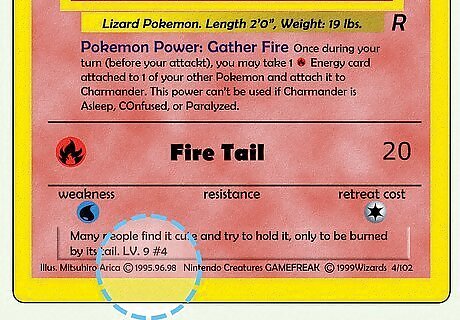
Unlimited cards have a drop shadow and omit “99” from the copyright. If you see a darker shadow along the right side of the artwork and it looks like it’s popping off the background, your cards are from later runs of the base set. If you’re not able to tell if there’s a shadow or not on the artwork, then look at the dates on the bottom instead. On unlimited cards, the copyright info reads “1995, 96, 98, Nintendo, Creatures, GAMEFREAK” instead. Another subtle change between editions is the font thickness for a Pokémon’s HP in the top right corner. Unlimited cards have a bolder font than their shadowless or first-edition counterparts. Trainer and Energy cards don’t have drop shadows on the art, so the only ways to tell the difference between editions are the copyright dates. Unlimited cards are the least valuable of the base sets since they’re the most common.
Base Set Pokémon Card Values
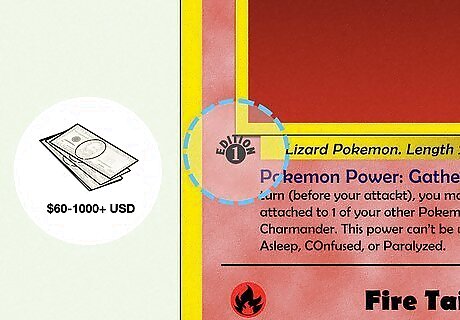
First edition: $60–1,000+ USD Valuing your Pokémon cards depends on their rarity, artwork style, and condition they’re in. Holographic cards that are rare (with a black star symbol in the bottom-right corner), like first-edition Charizard, have sold for more than $300,000 USD when they’re in mint condition. Other first-edition cards with an uncommon (black diamond) or common (black circle) symbol have sold for much less. Some of the most valuable first-edition cards are: Blastoise (holographic): $4,150–31,334 USD Venusaur (holographic): $2,595–12,299 USD Chansey (holographic): $1,905–27,412 USD Mewtwo (holographic): $1,841–13,100 USD Even the original starting Pokémon, like Squirtle, Bulbasaur, and Charmander are worth around $200–1,000 USD.
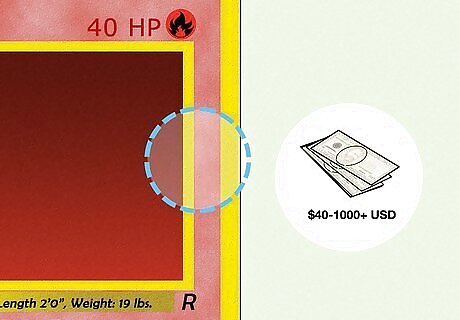
Shadowless: $40–1,000+ Since shadowless Pokémon cards are really similar in appearance to the first edition, they’re still really sought after by collectors. If you have cards in mint condition without any scratches, dents, or damage, you can still sell rare cards for thousands of dollars. The values of graded shadowless cards include: Charizard (holographic): $5,449–31,402 USD Blastoise (holographic): $968–4,765 USD Alakazam (holographic): $627–2,310 USD Gyarados (holographic): $289–2,300 USD Mewtwo (holographic): $425–3,725 USD
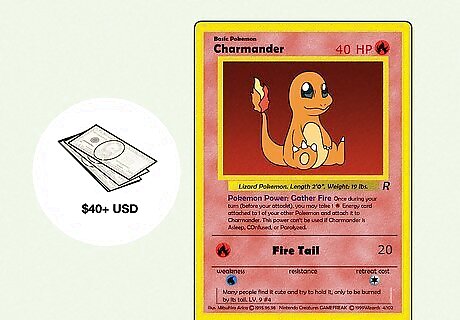
Unlimited: $40+ USD Even though unlimited cards are the most common base set, they’re still valuable to collectors who want the original Pokémon. Usually, unlimited Pokémon cards can go for about $40 USD a pop, but rare holographic cards may still earn a few hundred or thousand dollars if they’re in the best condition. Pokémon cards that you’ve played with are usually worth less as well since they may have slight nicks or bends in the material.











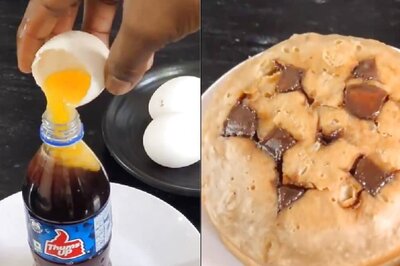






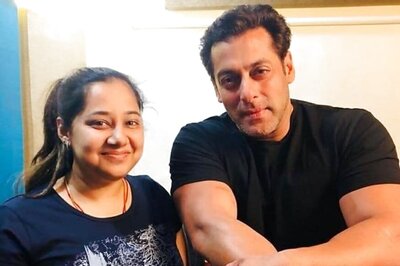

Comments
0 comment